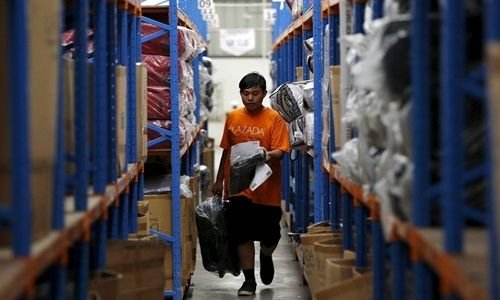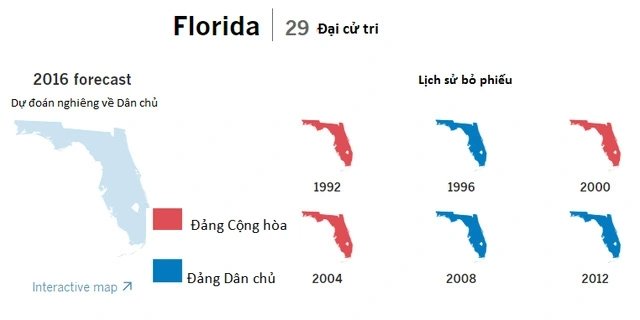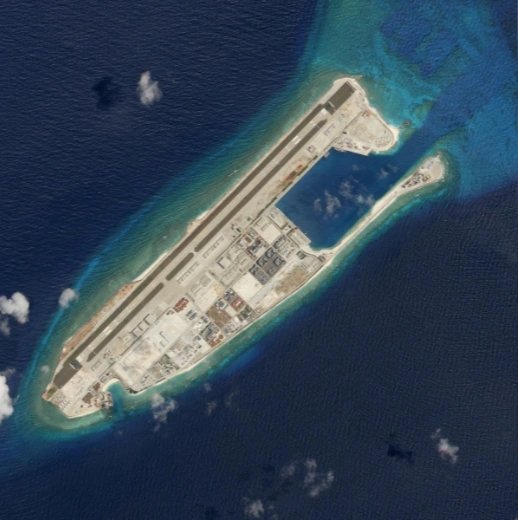
As China’s economic growth slows, the country’s leading technology companies have sought to spend a lot of money to expand into Southeast Asia – a market with 620 million people.
Alibaba and Tencent lead deals in this region, with a total value of more than $1 billion.
According to research firm Dealogic, since the beginning of the year, the total value of deals of Chinese businesses here is 1.9 billion USD, many times higher than only 193 million USD last year.
Employees at a Lazada warehouse in Jakarta (Indonesia).
“What we learned in China can be applied most quickly to Southeast Asia,” Poshu Yeung, vice president of international business at Tencent, said in an interview.
The 2,500 billion USD economy in Southeast Asia is very attractive, due to people’s increasing income and high smartphone penetration rate.
Alibaba’s $1 billion purchase of Lazada in April helped Alibaba immediately access 6 markets: Indonesia, Thailand, Singapore, Malaysia, Philippines and Vietnam.
Lazada has improved its technology and logistics operations after sending at least 100 employees to Alibaba headquarters for training, Lazada CEO Maximilian Bittner said.
Tencent invested in Garena Interactive – a startup company in Singapore valued at 3.75 billion USD.
Garena President Nick Nash said Shopee is about to exceed 2 billion USD in total value of goods traded this year.
JD.com is the second largest e-commerce company in China, only after Alibaba.
Of course, expanding in Southeast Asia also comes with many challenges.
And not all foreign competitors can overcome those challenges.
As e-commerce booms, Alibaba and Tencent are also competing to expand their electronic payment segments – Alipay and WeChat Pay – in Southeast Asia.
In Southeast Asia, consumers still prefer to pay in cash.
Chinese car sharing service – Didi has received investments from Alibaba, Tencent and Apple.








